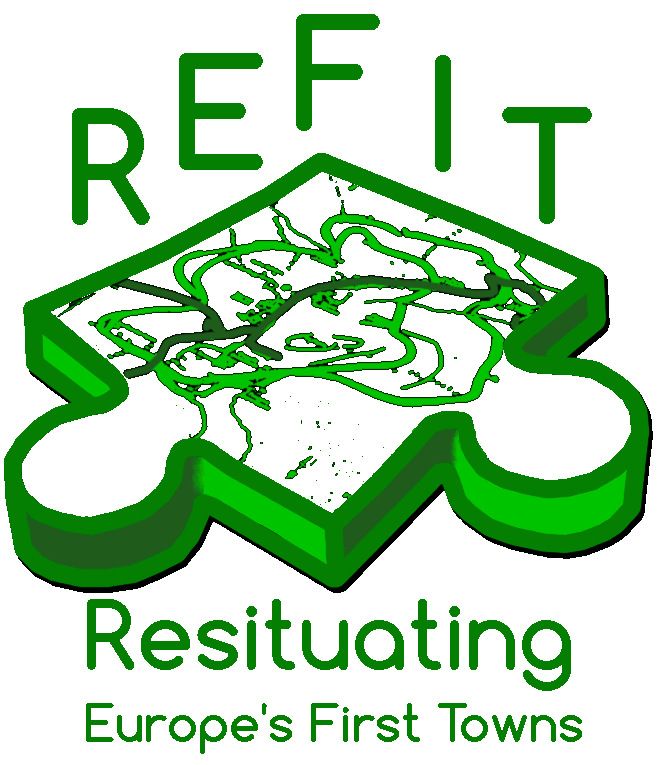
ULACA
The oppidum of Ulaca was occupied in the Late Iron Age (ca. 300-50 AD.) by a community of people called the Vettones. It became one of the largest and most important oppida in western Spain. The community that lived in Ulaca is estimated to be of around 1500 inhabitants who built a large village organised in to different sectors or neighborhoods. It was the 'capital' of the Amblés valley but it disappeared after the Roman conquest, with the parallel foundation of Avila, Obila in the classical sources, as the great center of population thereafter. The Vettones were one of the most important Celtic peoples of western Spain and were frequently referred to by Greek and Roman writers.
The site is of great historical and archaeological interest for several reasons. Firstly, it is over 70 hectares in size and contains over 3,000 metres of walls, which makes it one of the largest oppida in Celtic Iberia. Secondly, the site hosts a number of very well preserved structures, some of which are viewed as outstanding in terms of remains from the Celtic world. For example, remains include: a sanctuary; a ritual sauna excavated in the rock; stunning granite quarries; and part of a big square tower surrounded by a stone enclosure inside the village. The size of the walled areas, the remains of monumental buildings, the number and layout of the houses that are preserved (more than 250 remain), and the density of the artefacts found on the surface, suggest that the settlement was divided into several sectors. The city covered an area larger than that needed by the resident community. The adaptation to the topography determined the area that had to be walled, thus some parts of the settlement appear to have been virtually uninhabited. Another possibility for these large ‘empty’ spaces inside the walls may be that extensive areas were reserved for animal grazing and for holding cattle. The last excavations carried out in the north of the site, next to the oppida, revealed an area with abundant archaeological material, a peripheral sector of the cemetery –with a low density of cremation burials– and various craft workshops which are complex to interpret but are certainly connected to the oppidum.
The most significant results of the research so far, reveal a more complex organisational structure than commonly thought about the oppida, and open new perspectives on the community who lived in Ulaca just over 2000 years ago.
Further Reading:
www.diputacionavila.es/castrosyverracos/cyv
Almagro-Gorbea, M. (2006): El “Canto de los Responsos” de Ulaca (Ávila): un rito celta del Más Allá. Ilu. Revista de Ciencias de las Religiones, 11: 5-38.
Almagro-Gorbea, M. y Alvarez-Sanchís, J.R. (1993): La "Sauna" de Ulaca: saunas y baños iniciáticos en el mundo céltico. Cuadernos de Arqueología de la Universidad de Navarra, 1: 177-253.
Álvarez-Sanchís, J. R. (1994): Zoomorphic Iron Age sculpture in western Iberia: symbols of social and cultural identity? Proceedings of the Prehistoric Society, 60: 403-416


The Sanctuary at Ulaca
The West Gateway at Ulaca
